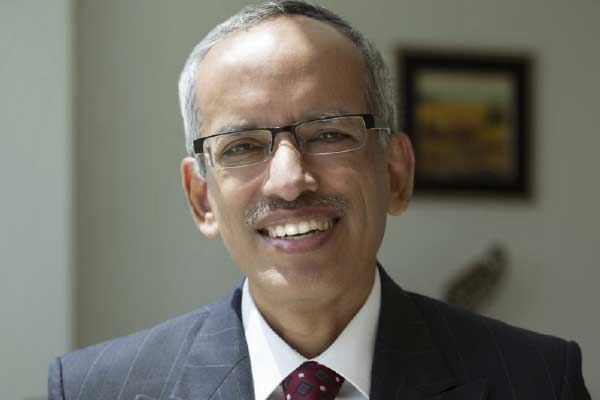
If the recommendations on poverty standards submitted by the Rangarajan committee are accepted, India will have 10 crore poorer people, who according to the previous Tendulkar panel were able to break the barriers of poverty. Ironically, a small reduction in daily consumption can push people from neo-middle class to the poverty zone. For many, just one incident of severe illness in the family can trap generations in indebtedness. Adding to the injury is the lack of suitable healthcare cushion offered by the government. India is a classic case of low public spending on health — 1.3% of the GDP — accounting for 1/3rd of total healthcare expenditure.
Consequently private out of pocket (OOP) expenditure is around 70% and is the highest in the world. This could change as the Modi government is contemplating the idea of providing universal health insurance. Harsh Vardhan also once mentioned about the governments intention to start a universal health insurance program drawing some inspiration from Americas Obamacare. However, following the American model to attain universal healthcare could trigger the booby trap of cream-skimming and rent-seeking behaviour. Secondly the American  model is not the most optimal one which makes a strong case for us devising our own plan.
model is not the most optimal one which makes a strong case for us devising our own plan.

America is still experimenting with various models of healthcare delivery and financing in a century old system that is dominated by private health insurers. It first started with the idea of pre-paid care for a group of 1,500 teachers at Baylor Hospital in Texas in 1929. This covered the hospital expenses of the teachers and in some way marked the beginning of the Blue Cross and Blue Shield plans. In 1965 the American government commenced the health entitlement programs namely Medicare and Medicaid, which provided health benefits to the elderly and low-income individuals. Now, almost 22% of Americas federal budget is utilised by these money-guzzling programs. Afterwards, the Nixon administration succumbed to the insurers need to jack up the profits and hence came up with the Health Maintenance Organization (HMO) Act in 1973. This model of healthcare focused on cost cutting and laid heavy restrictions on insured and providers using managed-care techniques of authorisation, capitation and Out of Pocket (OOP) expenses. On the contrary people were made to believe that the Managed Care model was brought in to improve the healthcare delivery offered to Americans. The Clinton administration focused on portability, accountability and administrative simplification and later the Bush administration pushed for consumer ownership through health savings accounts (HSAs). Till date the American healthcare system continues to grow under the shadow of private insurers and despite spending the highest per capita on health, American healthcare has been ranked below other industrialised and developed nations in terms of quality care, access, efficiency, equity and healthy lives.
President Obama is burning the candle at both ends to reform the American healthcare system in a slew of measures under the Affordable Healthcare Act or Obamacare. Obamacare focuses on creating robust health exchanges that would offer cheaper plans to millions of Americans from open health markets. It also seeks to end the ongoing discrimination based on gender, health status, or age. Still, the Congressional budget office estimates that 31 million Americans will still be uninsured.
After Independence, India followed the Beveridge model of healthcare financing that focused on using tax payers’ money for the healthcare services and programs. With its population rapidly expanding and the governments low spending on public health, the delivery at health centres started becoming substandard and inadequate leading to mushrooming of private health centres without proper checks and balances. National Rural Health Mission (NRHM) has been one concrete and visible effort by the government that brought significant improvements in the health indicators of the citizens but was inadequate in looking at out appetite for investment in public health.

Alternatively, we had some exposure to social insurance in form of Employee State Insurance Corporation (ESIS), Central Government Health Scheme (CGHS) and Rashtriya Swasthya Bima Yojna (RSBY) emerging prominently in the last few years. With the opening up of the insurance sector, private insurers have also ramped up their coverage to almost 25% of the population.
Be a part of Elets Collaborative Initiatives. Join Us for Upcoming Events and explore business opportunities. Like us on Facebook , connect with us on LinkedIn and follow us on Twitter , Instagram.












